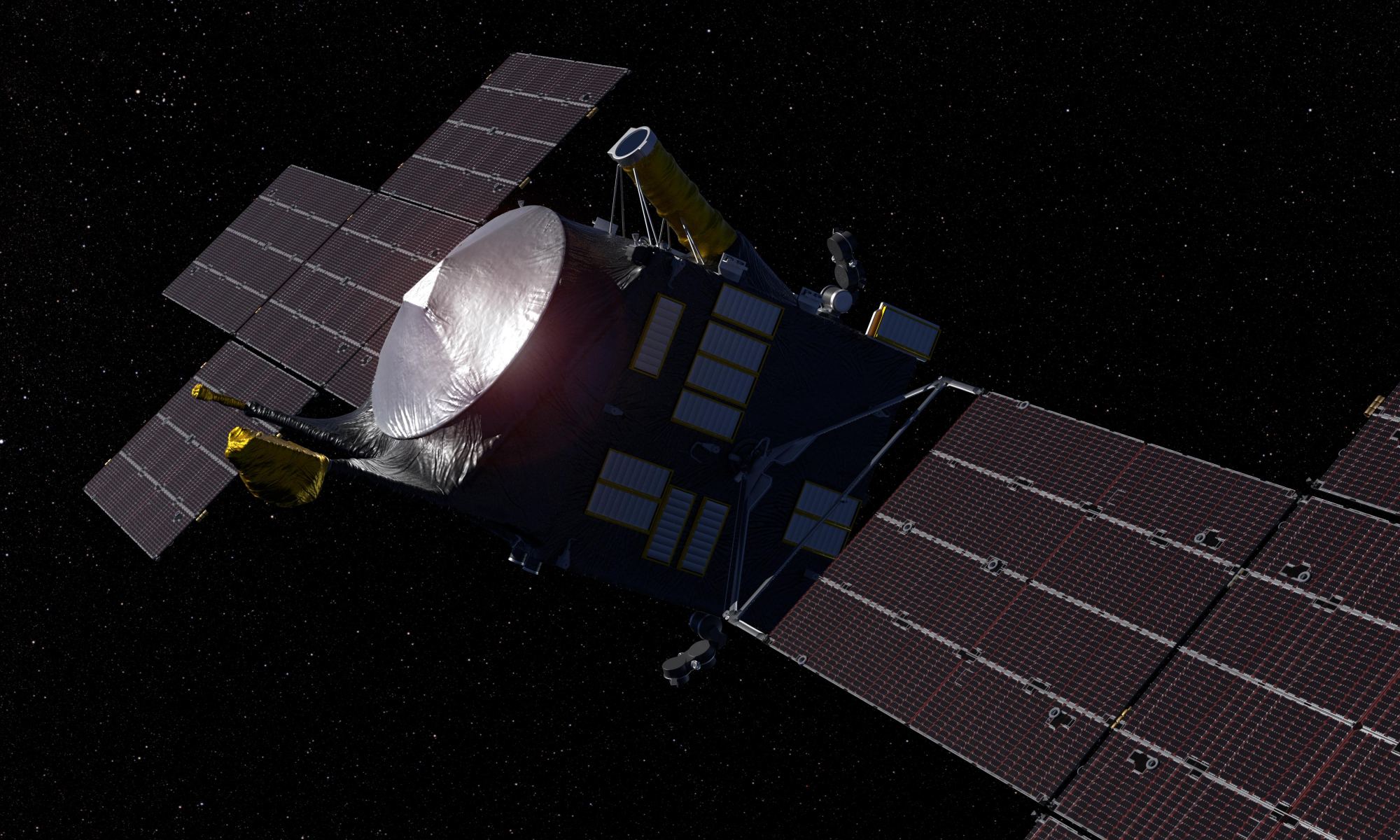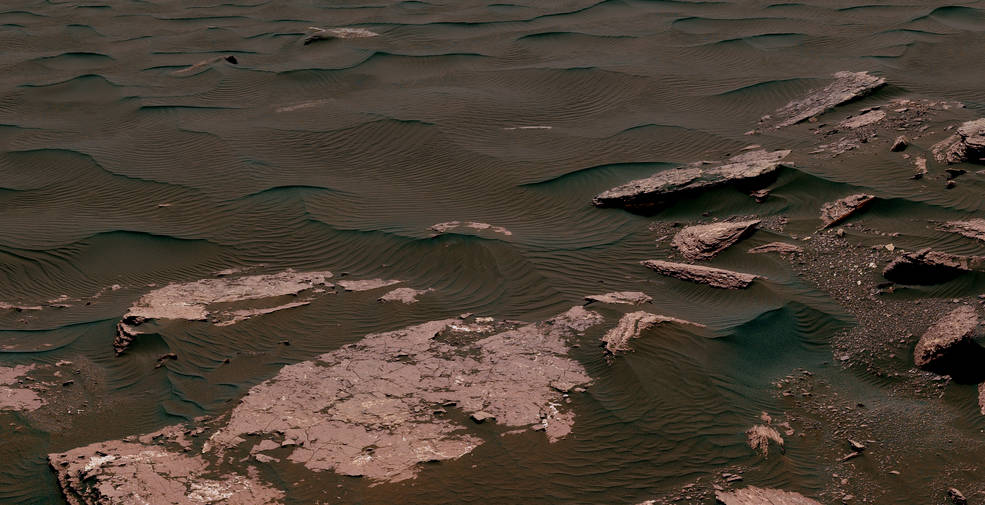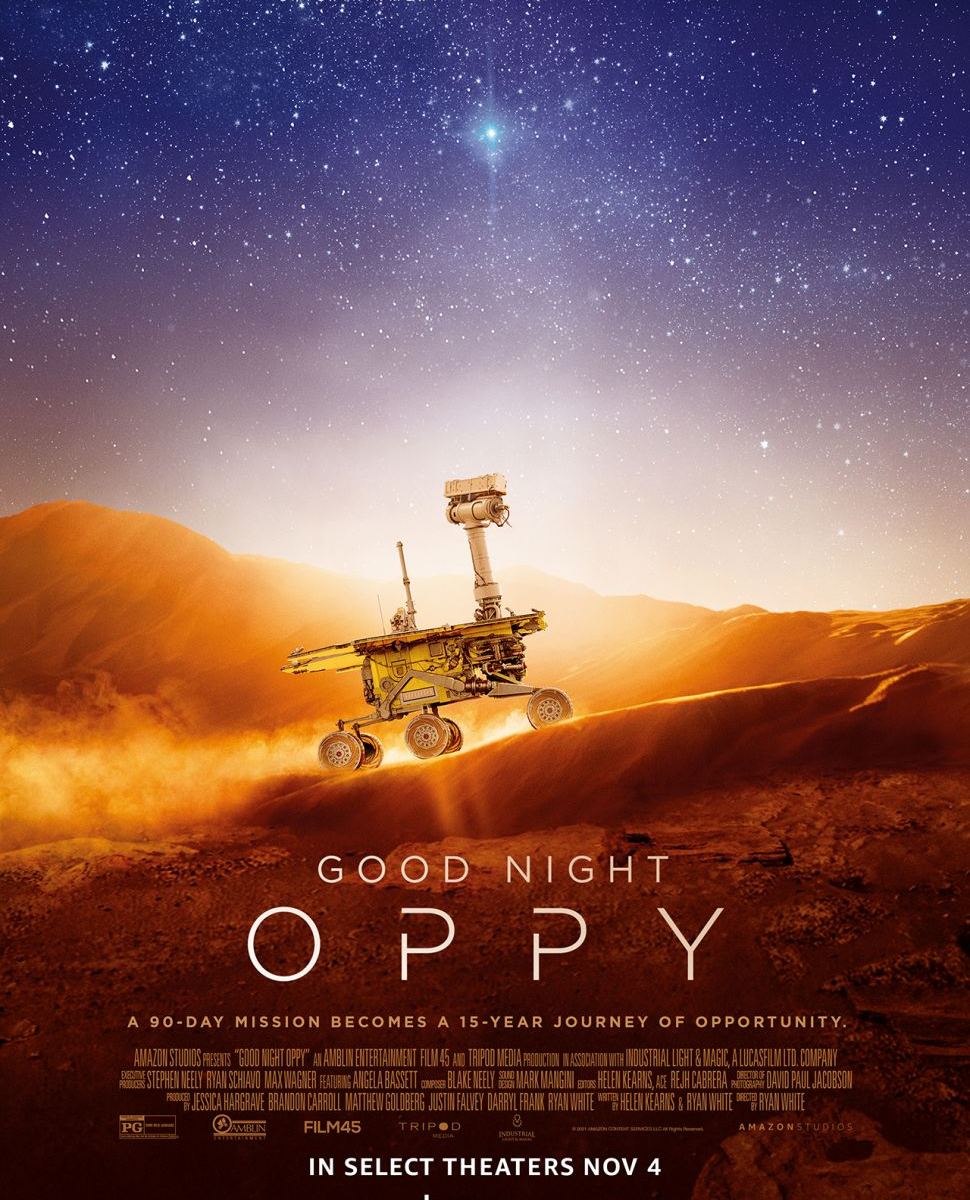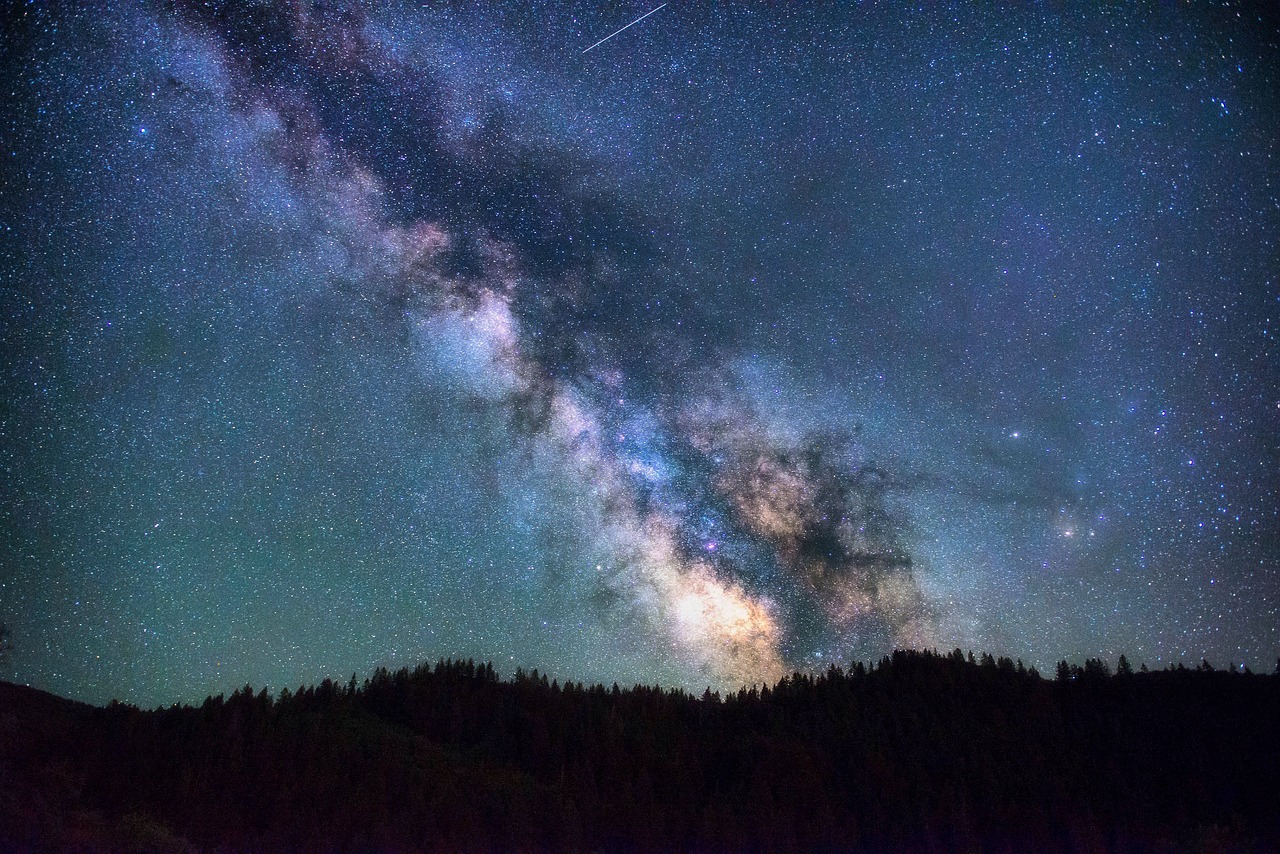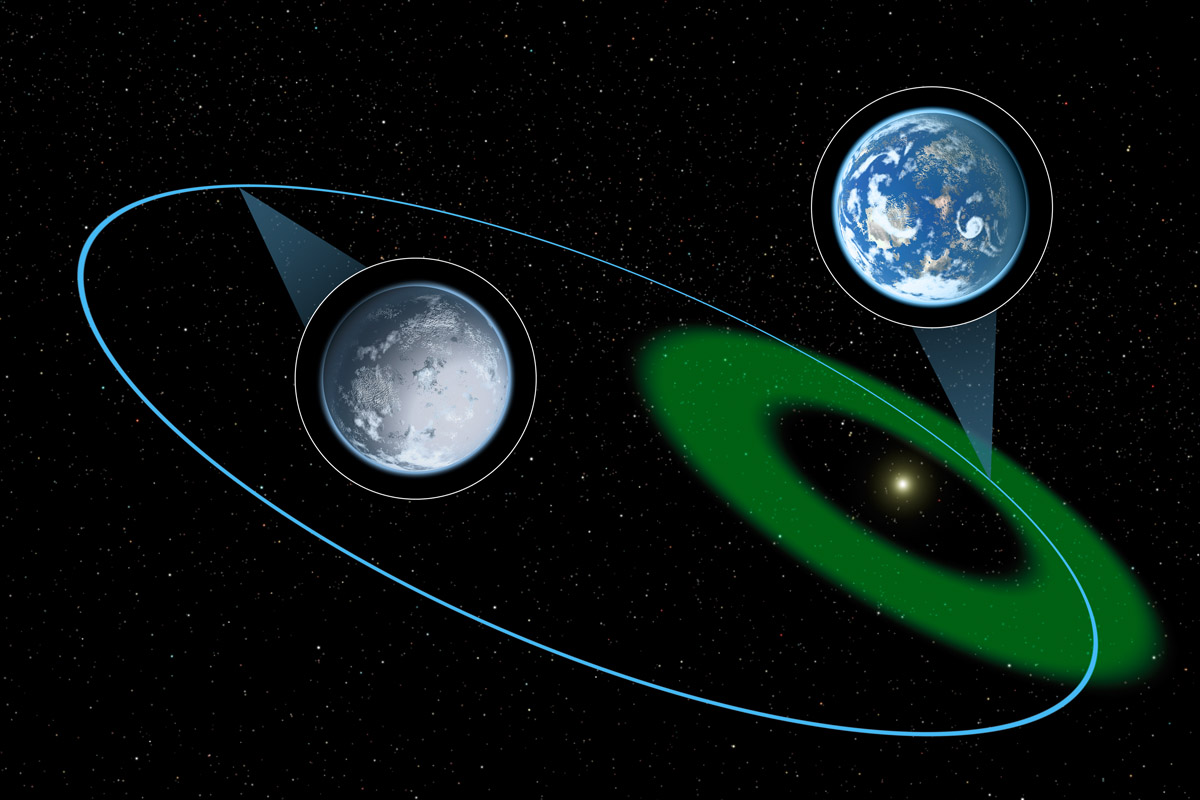NASA’s Psyche mission is back on track for launch and is now scheduled for a potential October 2023 launch date, according to an October 2022 statement from NASA. This comes after missing its originally planned launch date between August and October of 2022, and becoming subject to an independent review board, whose results were announced in November 2022.
Continue reading “NASA’s Psyche Mission is Back on. It’ll Launch Towards its Metal Asteroid Target Later This Year”NASA’s Psyche Mission is Back on. It’ll Launch Towards its Metal Asteroid Target Later This Year
